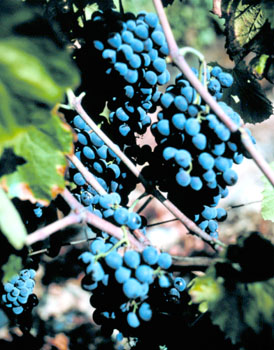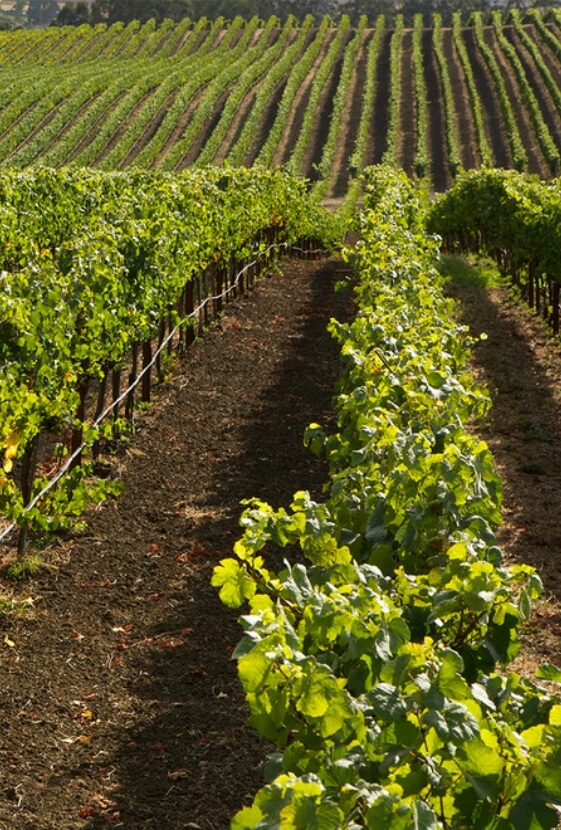
Grape Glossary
The variety produces very well-structured wines that are not particularly fruity but are deeply colored and have excellent depth.
The tight bunches and thin skin of the grapes makes the berries susceptible to rot and disease – particularly to powdery mildew – which has contributed to its decline in popularity. Planting in infertile, sandy soils helps Tinta Amarela avoid disease. It is moderately high in yield and when the fruit nears maturity, there is a very small window for harvest.
Native to Portugal, Tinta Amarela used to be the most popular of the Port varieties, though it is less planted today. Tinta Amarela is mostly found in the cool, wet areas of the Baixo Corgo in the Douro, where it represents 20 percent of the vines.

